About AD > Vision brief
Intelligent drones for a smart planet
We appear at a cross-roads in our technological evolution. A unique convergence of disciplines is taking place and shaping our future. Aquiline Drones is preparing to play a vital role in this digital transformation.
Large Scale Connectivity

IoT backbone
IoT and cloud technologies provide the foundation for connecting and controlling devices, sensors, machines and physical environments. With increasing connectivity, things start to get really interesting.

Real-time data exchanges
Any connected entity is now able to send back data it is collecting. It will use on-board capabilities to process that data and work in tandem with AI engines deployed on a cloud, to deliver real-time insights and decisions.

Connected environments
When connectivity reaches a critical threshold, an ‘IoT zone’ emerges. An example is a factory with a connected supply chain, smart machines and buildings, along with a connected fleet for inventory distribution.

"Totality"
Connected environments can be integrated into larger, cohesive structures leading to total connectivity. Connected buildings, every day devices and civil infrastructure lead to smart cities, and eventually smart regions and nations.
With the introduction of 5G communications, the Internet of Things (IoT) will expand rapidly, reaching trillions of devices in just a few years from now. For the next few decades, data speeds are expected to rise steadfastly, with rapid innovations in transmission speed, data capacity and materials. As this infrastructure evolves, available bandwidth is expected to rise exponentially as well.
So, the future of wireless communications is some sort of a global wireless network, when total connectivity is seamlessly available anywhere, to any device. The system would be designed to support an an ever-increasing number of devices and allow for huge amounts of data to be exchanged between them.
The potential impact of such a system on how the world works is even more mind-boggling. As new materials and the exploitation of other portions of the electromagnetic spectrum are leading to incredible advancements, the outcome is becoming self-evident: Within decades, we will not only be able to connect everything on this planet – we will also have very good reasons to do so.
The advent of true AI
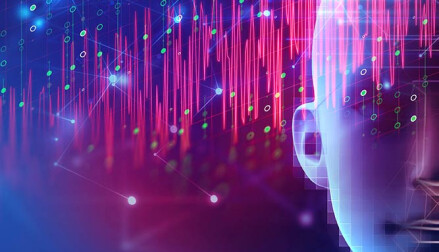
Beyond machine learning (ML)
Reactive machines that utilize brute force computing power to deliver the best decision were the ‘level 1’ of real AI. Such machines can beat anyone at games or recognize images, but have no awareness of history or present context.
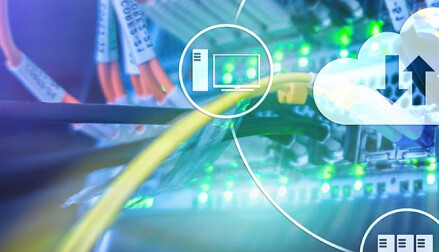
Emergence of memory
With powerful computing, ‘limited memory’ or ‘level 2’ AI systems have appeared. These use historical data and store past outcomes as ‘memories’, allowing them to perform tasks such as controlling autonomous cars and drones.

Big data and predictability
Symbolic computing can deliver the power of extreme number crunching in a rapidly scalable way. AI now starts becoming more aware of the world and other relevant factors in its environment, reaching a ‘level 3’ capability.

The singularity
The final level – self-awareness, which brings AI at par with human intelligence. Known as the ‘singularity’, it marks the point beyond which humans share their environment with artificial entities of equal or greater intelligence.
Level 2 AI is here now. Well beyond algorithm-based machine learning, such frameworks are able to use large chunks of data in a way that allows them to possess some ‘memory’ of their surroundings. This is just the beginning as scientists and technologists are forging the path to AI that is increasingly focused on perception, and will eventually lead to reasoning and generalization.
This effort has significantly ramped up in the past few years, as data analysis becomes more effective due to widespread IoT connectivity. Concurrently, research is underway to develop ‘level 3’ AI capabilities where perception and native cognition come into play. What kind of world will such advancements usher in? Only time will tell – but it is clear that this is only the beginning; there’s much more to come. More than anyone, even the most optimistic innovators, can foresee.
Autonomous operations

A new degree of freedom
The combination of ‘level 2’ AI, advanced cloud technologies and remarkably capable hardware delivers totally autonomous operations. These can run without human intervention in the background and become ever-present over time.
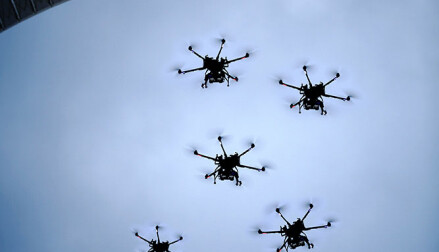
Convergence across machines
Safety, compliance and security standards will have to keep pace with fast evolving technologies that are shaping the 21st. century. As complex tasks are undertaken, a dizzying array of machine types will be increasingly cooperating with each other.
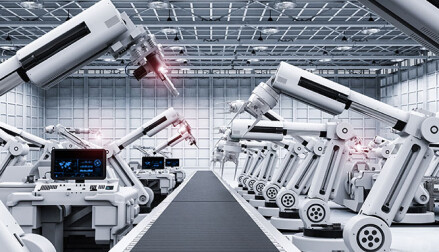
The mundane planet
Autonomous operations will be the foundation of planetary management and maintenance. Infrastructure, cities, industry, agriculture, transportation and human lives will all depend on this machine activity, with varying degrees of dependence.

A new age in technology
With autonomous capabilities, industrial machines, along with cars and flying systems, are set to revolutionize economic and leisure activity, signaling the coming of a new age in human-machine symbiosis.
Starting with industrial automation, moving onto driverless cars and eventually pilotless aviation, autonomous operations will be a core capability in most machines of the future. The change in our environment will be nothing short of a paradigm shift and will unfold in a matter of decades.
With natural advantages in covering vast geography, flying systems will play a crucial part in this age of machine autonomy.
Drones are intelligent machines
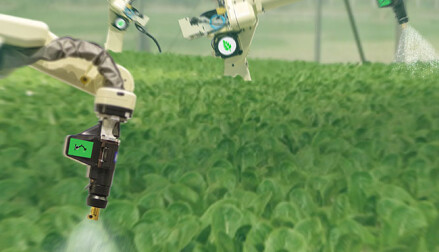
Every machine plays a part
Although control frameworks will see great convergence, hardware will still remain highly specialized for the next few decades. Machines will work together performing very different tasks – like humans do today but more efficiently.

Aviation redefined
Passenger and cargo aviation will be redefined. The impact will be felt in both individual and mass scenarios. Flight densities will increase and airspace will be crowded but safer due to widespread AI and real-time connectivity.
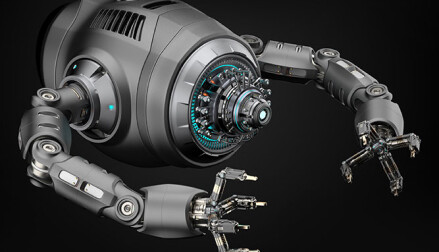
Cross-media operations
As hardware advances occur, machines will become ‘cross-media’. With no humans involved, machines will be able to venture into hostile environments, working across air, water and land with the same equipment.

Going beyond specialization
AI will eventually approach ‘level 4’ thresholds. With it, will come generalizations in hardware design and multi-role functionality. Machines will be able to do very different things, switching between tasks seamlessly.
Focused on industrial robots and electronic devices at first, these engineering advances will quickly spread to vehicles such as cars and UAVs – and even spaces like buildings and infrastructure. With AI becoming ubiquitous, cooperative scenarios between machines will play out without any human intervention.
A golden age for UAS will emerge. A machine will simply demand flight capability, if the role so demands.
The flight path ahead
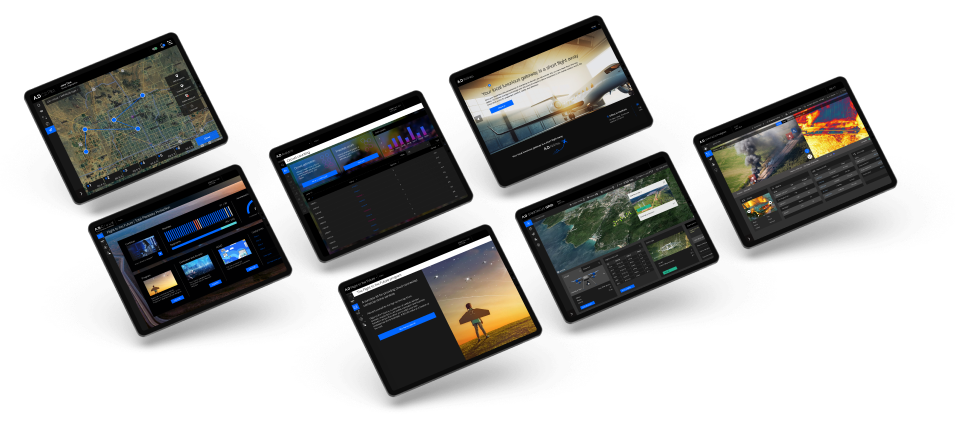
Aquiline Drones is developing key infrastructure components to facilitate autonomous drone services. This includes cloud services dedicated to UAV operations, advanced data analytics using ‘level 2’ AI capabilities and additional mission control infrastructure.
Utilizing the most advanced work cell manufacturing techniques and 3D printing, our systems engineers are integrating digital and physical components, which will form the basis of our large-scale UAV operations framework.
As technology changes the way societies function, Aquiline Drones is firmly of the belief that people will benefit greatly by transitioning over to higher skill sets, leaving the more mundane tasks to AI-enabled machines. To this end, we are aspiring to bring high-technology manufacturing and R&D opportunities to locales across the United States. More importantly, by simplifying advanced technological solutions, we are hoping to empower individuals, organizations and communities to generate new business models – and socio-economic growth.
